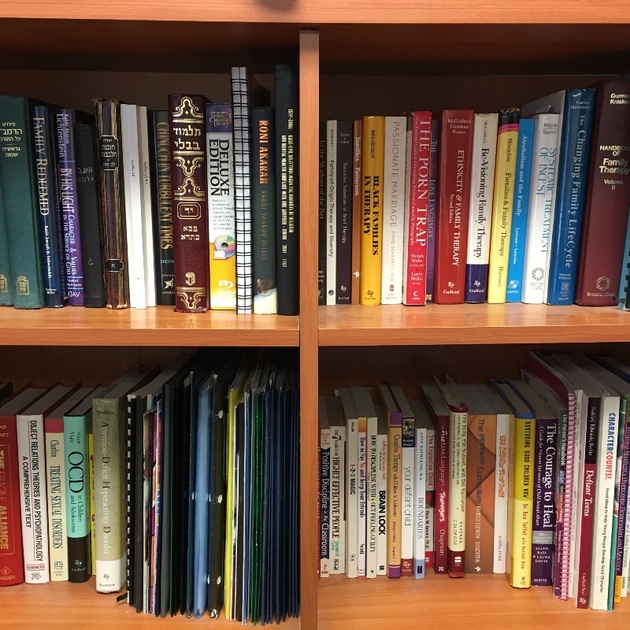
Around this time of year, we read the Torah portion of “Chukas” and are shown two contrasting models of parenting.
We encounter the first model, when the Torah relates the narrative of Aharon’s death. Moshe is commanded “קח/take” Aharon and his son, Elazar, to a secluded mountain spot. Moshe is told to remove Aharon’s special garments and dress Elazar with those selfsame garments. Moshe is informed that Aharon will then pass on to the next world. This is exactly what happens: Moshe, Aharon and Elazar ascend the mountain, Moshe transfers Aharon’s clothes to Elazar, and Aharon expires.
The Rabbis of the Talmud uncover, in this narrative, more than one strand of relational meaning.
- Aharon’s witnessing, while still alive, his clothing being transferred to his son, signifies G-d’s assuring him that his unique position of Kehuna/priesthood will stay in the family. Moreover, it confirms for Aharon that he has successfully raised his child. Elazar has internalized his values, his knowledge and his way of being.
- Moshe’s being instructed to “take” Aharon to the mountain implies a conversation. (People cannot fully be “taken”, without words.) Moshe tells Aharon “Please know: Even as you are facing death, you are fortunate to be handing off your mission and your calling to your son. I (Moshe) do not merit this. My sons have not exactly followed my path and will not succeed me.”
This, our first model of parenting, is one about which even Moshe could only fantasize. Aharon, like Moshe, lived a life of integrity. Unlike Moshe, he had the luxury to be present for his family and to model for them his values. In choosing the symbolism of handing over clothing, G-d lets Aharon know that his ideals and commitment have been successfully transmitted to the next generation.
There is a second parenting paradigm. It is nestled in the commandment to bring the Parah Adumah/Red heifer. The Parah Adumah cleanses the Jewish people from Tum’as HaMes – the ritual impurity associated with coming into contact with a corpse.
The Rabbis note a parallel. Decades earlier, at the moment the Jewish people received the Torah, they were on a path that would have restored, to them, eternal life – something of which only Adam had glimpsed. Their worshiping the Egel/Golden Calf derailed them; eternal life was now beyond their grasp, and death would remain a grim reality. So the young male (calf) of the species is associated with death, while the more mature female (heifer) of the species cleanses the effects of death.
The Rabbis capture the connection with the following statement: A baby has soiled, or dirtied, the royal palace. Let his mother come and clean up after him.
One might imagine the mortification of the baby's parents, upon discovering that he has brought dirt and disgrace to a lofty abode. They undoubtedly feel obliged to clean up. As such, the Parsha’s second parenting paradigm focuses on children who disappoint. These are the children who don’t do exactly as their parents hope or expect.
To be sure, there are obvious differences between parents cleaning up after their kids and the narrative of Aharon’s death. The baby in the palace is… well, a baby. Babies are not in control of their bodily functions. Elazar, though, was a fully grown adult. We expect more of adults.
And yet... babies don’t make sudden, quantum leaps into adulthood. They plod through the childhood years. They may be distractible; they may be oppositional. They lurch through the teen years. They may be focused on their parents’ goals. Then again, they may wish to forge an identity separate from their parents. (This isn’t necessarily unhealthy.) Then, they become young adults. They may approach life exactly as their parents did; oftentimes they do not.
It is not uncommon for parents of children, teens or adults who do not follow in their footsteps not just to clean up but to try to cover up the perceived deficiencies. In the process they may feel sad, ashamed and even angry. Some of these parents may feel so wounded so as to disassociate outright from their children. Stated differently, they give up.
Something every parent needs to know is that one or more of their children might not turn out to be exactly like them, to be their carbon copy. When parents fail to recognize this and cling stubbornly to the model of Aharon and Elazar, they may, in fact, end up sacrificing the educational, emotional and developmental needs of such children on the altar of sameness. In short they are creating “Korbon Copies”. (Korbon, in Hebrew, means sacrificial offering.)
All children, teens and young adults benefit when they receive clear instruction from their parents. They gain immeasurably when they witness genuineness and integrity on the part of their parents. At the same time, children need the emotional space to integrate, into their lives, those facets of their parents that they can, while adapting themselves, with regard to those parts of their parents that they cannot or will not internalize.
As parents, we need to remember both models. Ideally, we provide, for our children, the clarity modeled by Aharon’s parenting. Sometimes, though, we need to exercise the flexibility modeled by the fabled mother of the palace-polluting child. We aim to raise up. Sometimes we are obliged to clean up. Let's not give up.
 Previous
Previous

